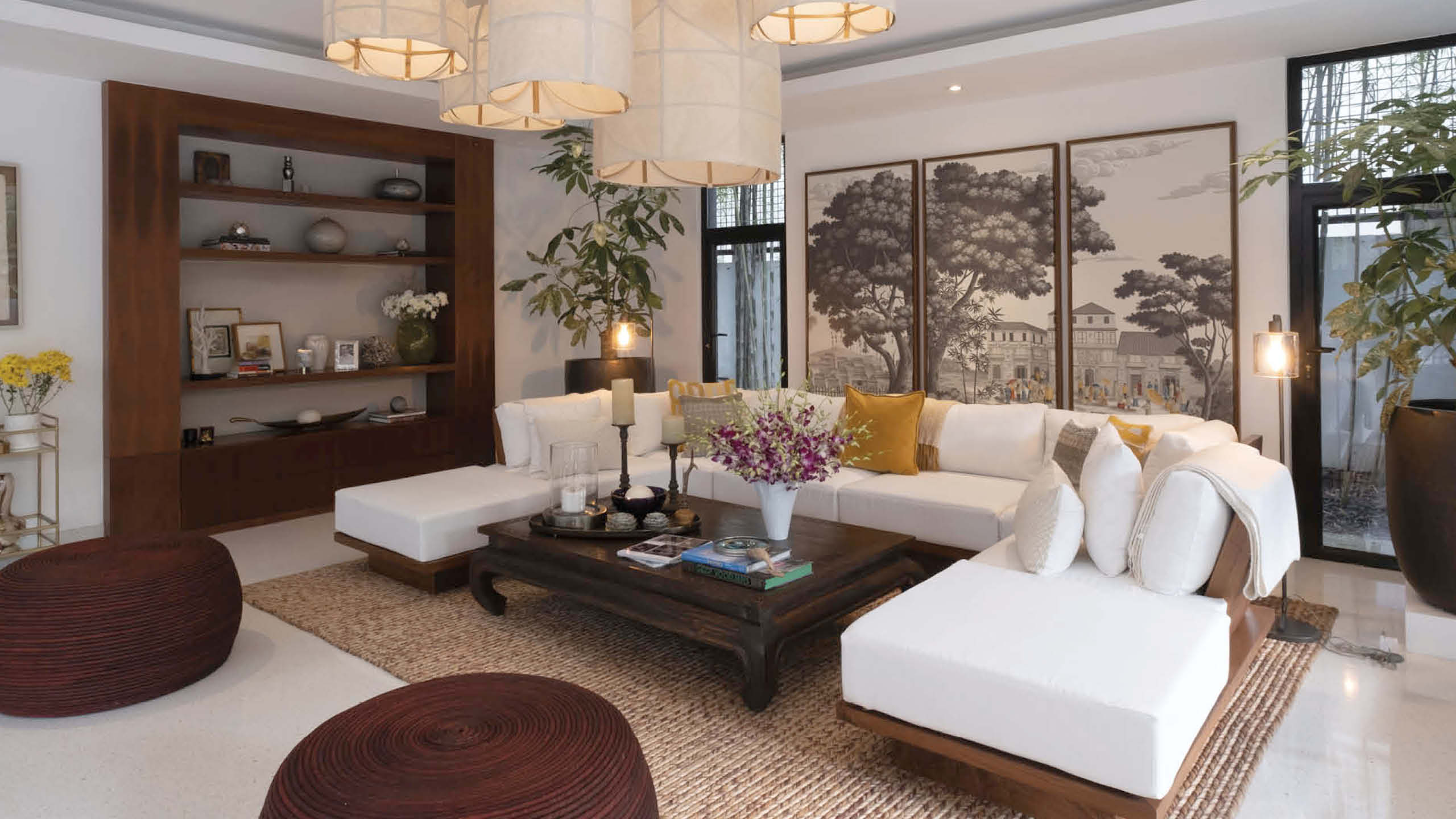Traditional elements in anything are elements that rarely disappear entirely. In architecture, having traditional elements in a structure gives it a distinct character. Alongside this uniqueness, a home in the modern era with traditional elements reminds people of the past. In the Philippines, heritage is evident in different cities and provinces. Las Casas Filipinas de Acuzar in Bataan is already a prime example of this. Old Manila also still has its collection of traditional Filipino homes. For history buffs, they’re gems in the new world.
Some homes already don’t make use of the traditional elements unique to a Filipino home. But there are some local architects who still use these elements on a house of the modern era. Here are some of the architects and the residences that present these traditional elements while mixing them with the characteristics of a modern home.
The Mission Revival Bungalow in Makati
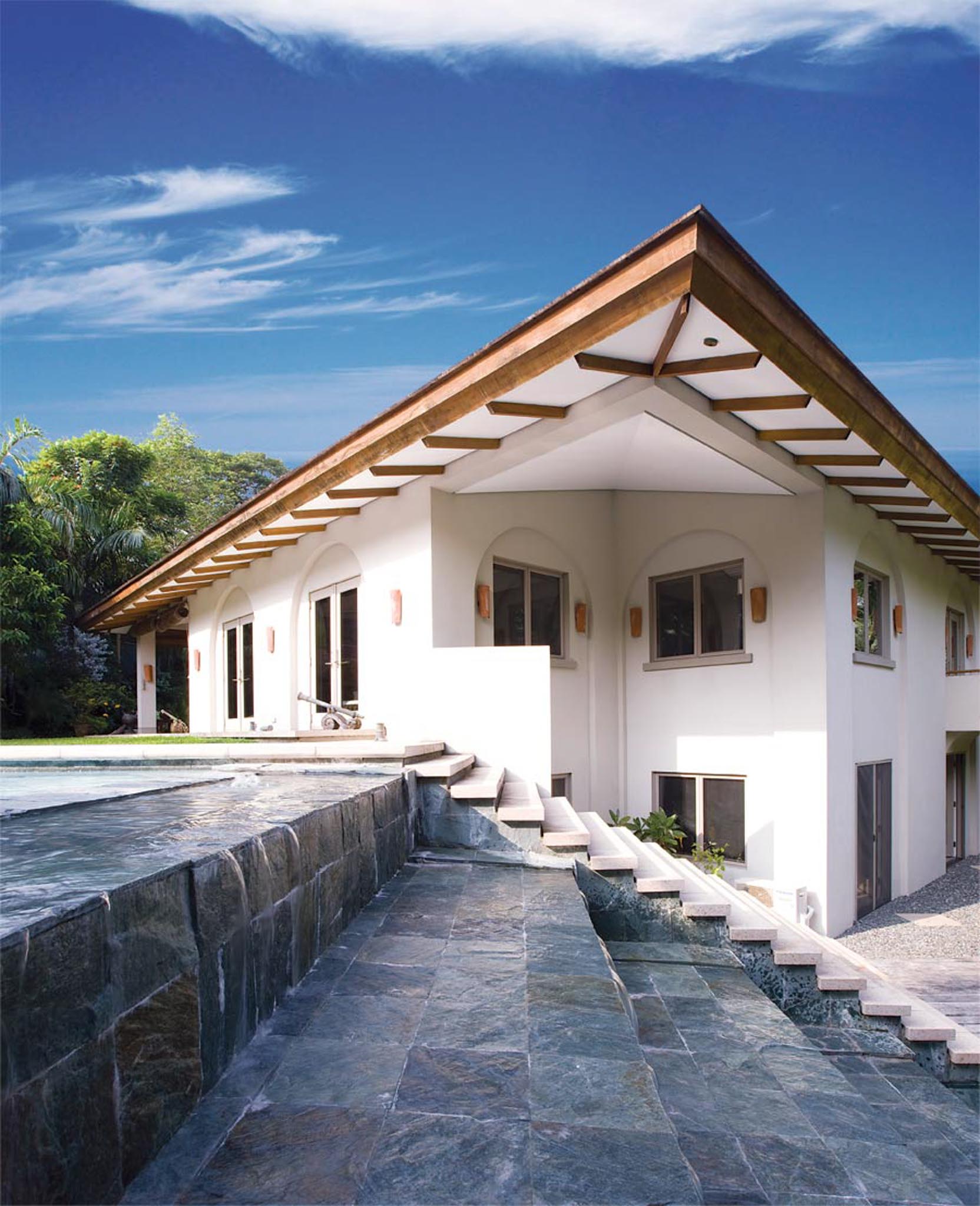
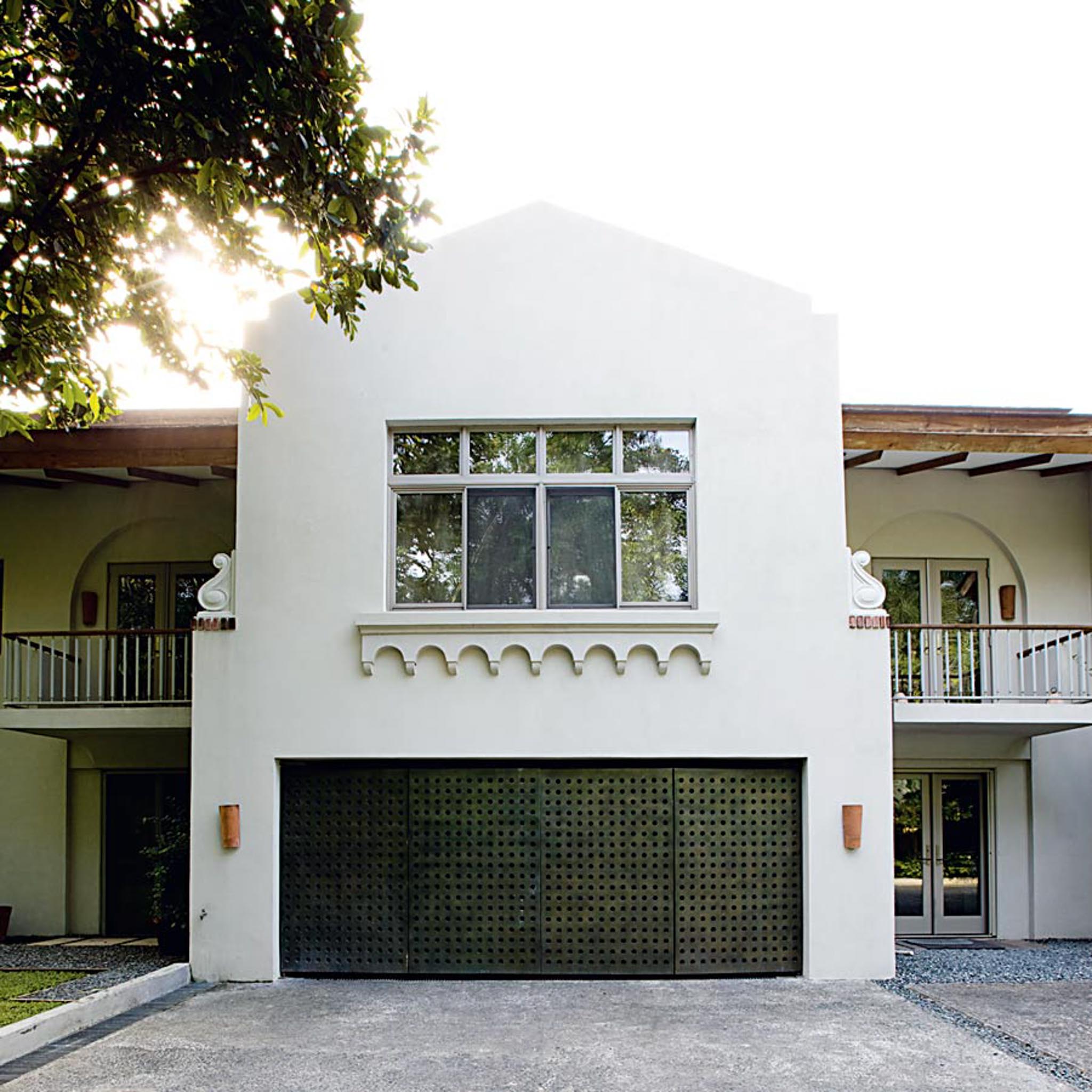
The Mission Revival house is spotted within the luxurious neighborhoods of Forbes Park. Originally, the house was discovered in extremely bad shape until the owners–Edouarde and Sevrine Miailhe hired Eduardo Calma to redesign and reconstruct it in 2008. The Mission Revival style was introduced to the Philippines during the first decade of American rule and is a style characterized by thick faux adobe walls with concrete stucco finishes. The ground-level flooring is also usually mortared terracotta tiles. From the 1910s to the 1950s, the Mission Revival style was favored by foreign merchants or elite families during the time.
Related read: Ed Calma revives a Mission Revival bungalow in Makati
The Bahay na Bato Nouveau in Alabang
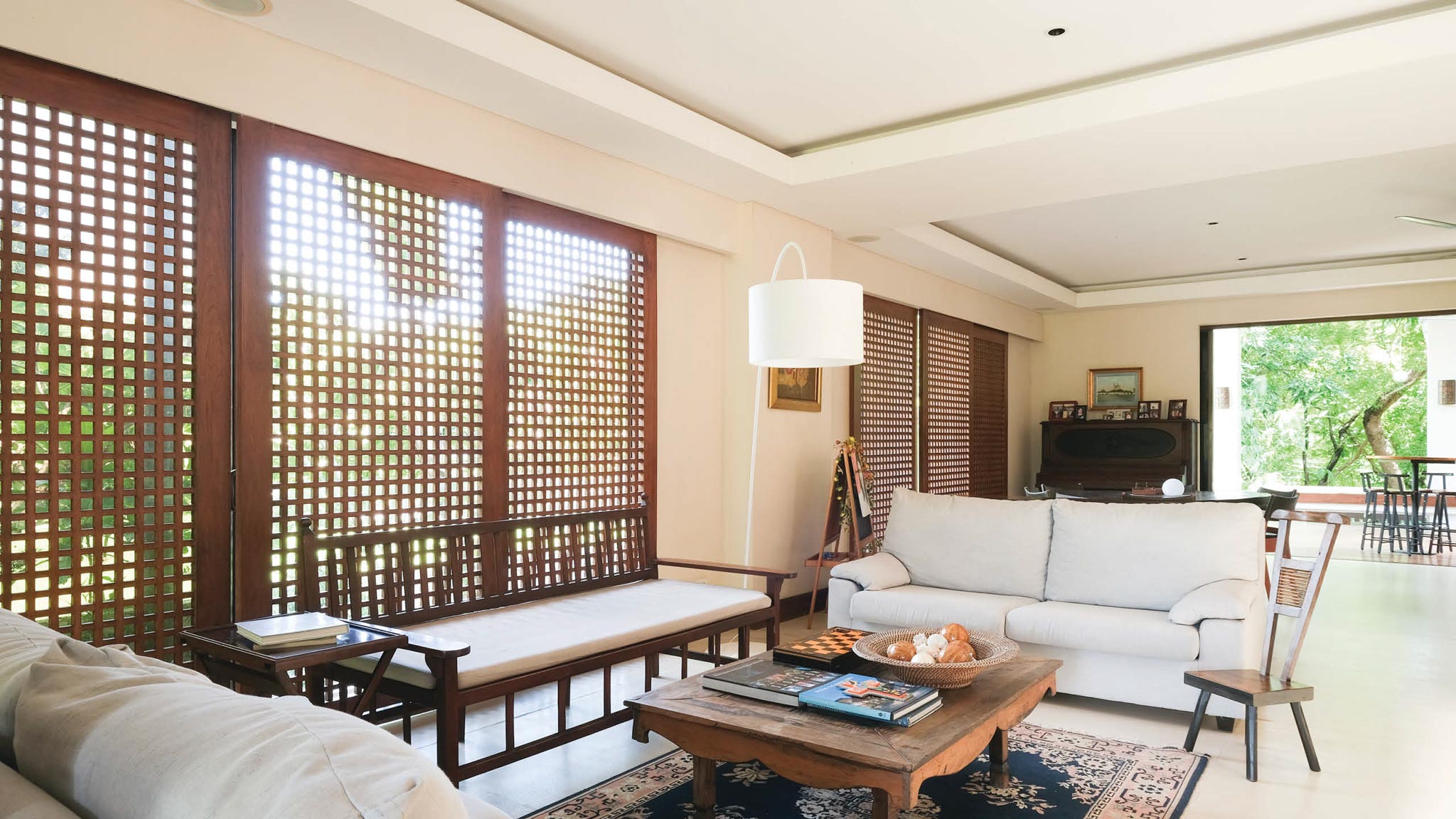
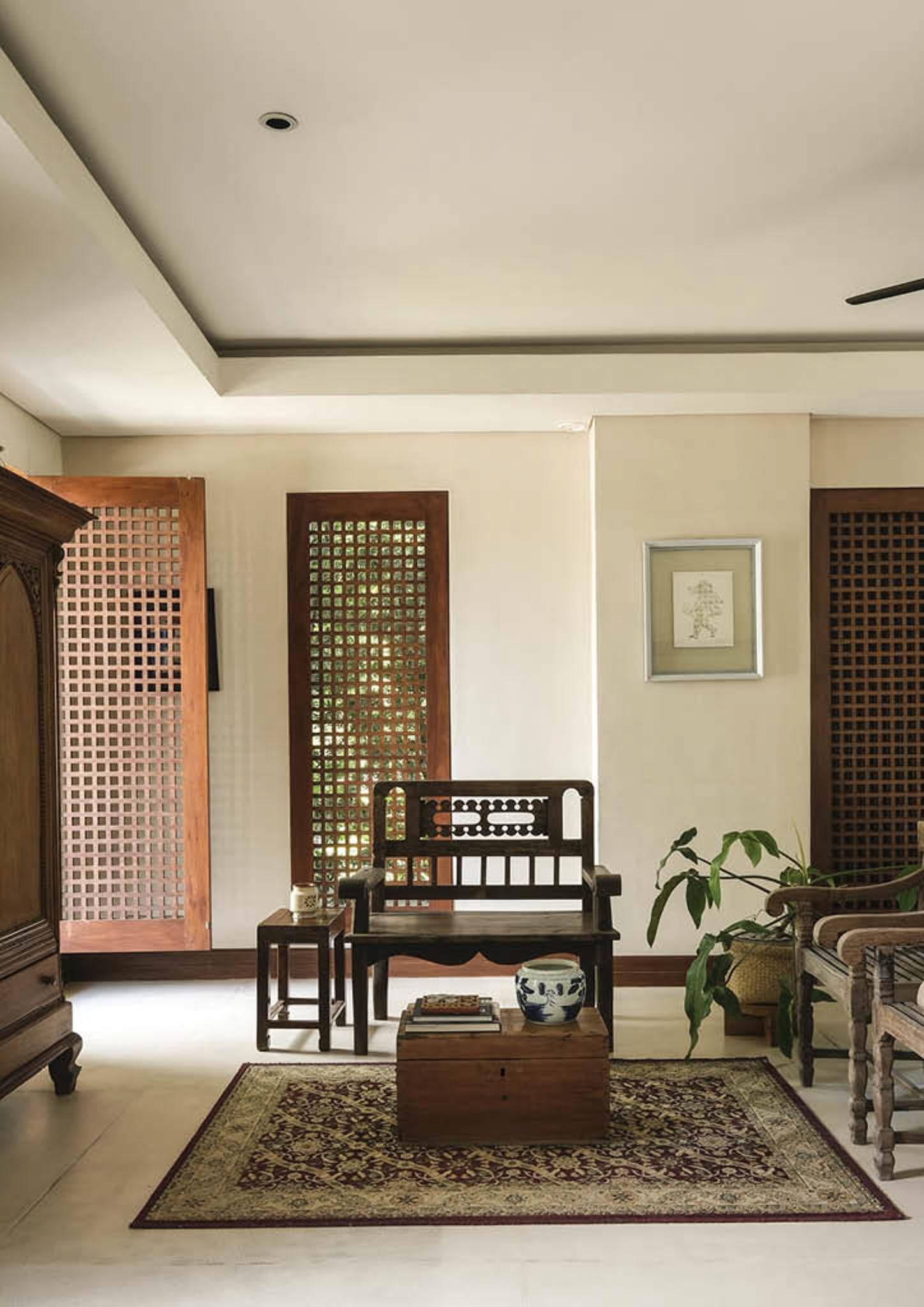
The Bahay na Bato Nouveau was built in 2005 by National Artist for Architecture, Fransico “Bobby” Mañosa. In its contemporary design are elements that highlight angularity and mass. Like the old bahay na bato of old and airy bahay kubos, this home has the ‘maaliwalas’ concept and carries a style that’s uniquely Mañosa’s. Combine the glass canopy simulating capiz shells with the wide and open floor plan that maximizes ventilation. Together, the bahay na bato nouveau and its features are an example of an old home in modernity. Currently, Basti Lacson owns the residence and is one thinks of himself as the prime caretaker of this 16-year-old home.
Related read: Curating Memories: Bobby Mañosa’s Bahay na Bato Nouveau
The Carissa House in Makati
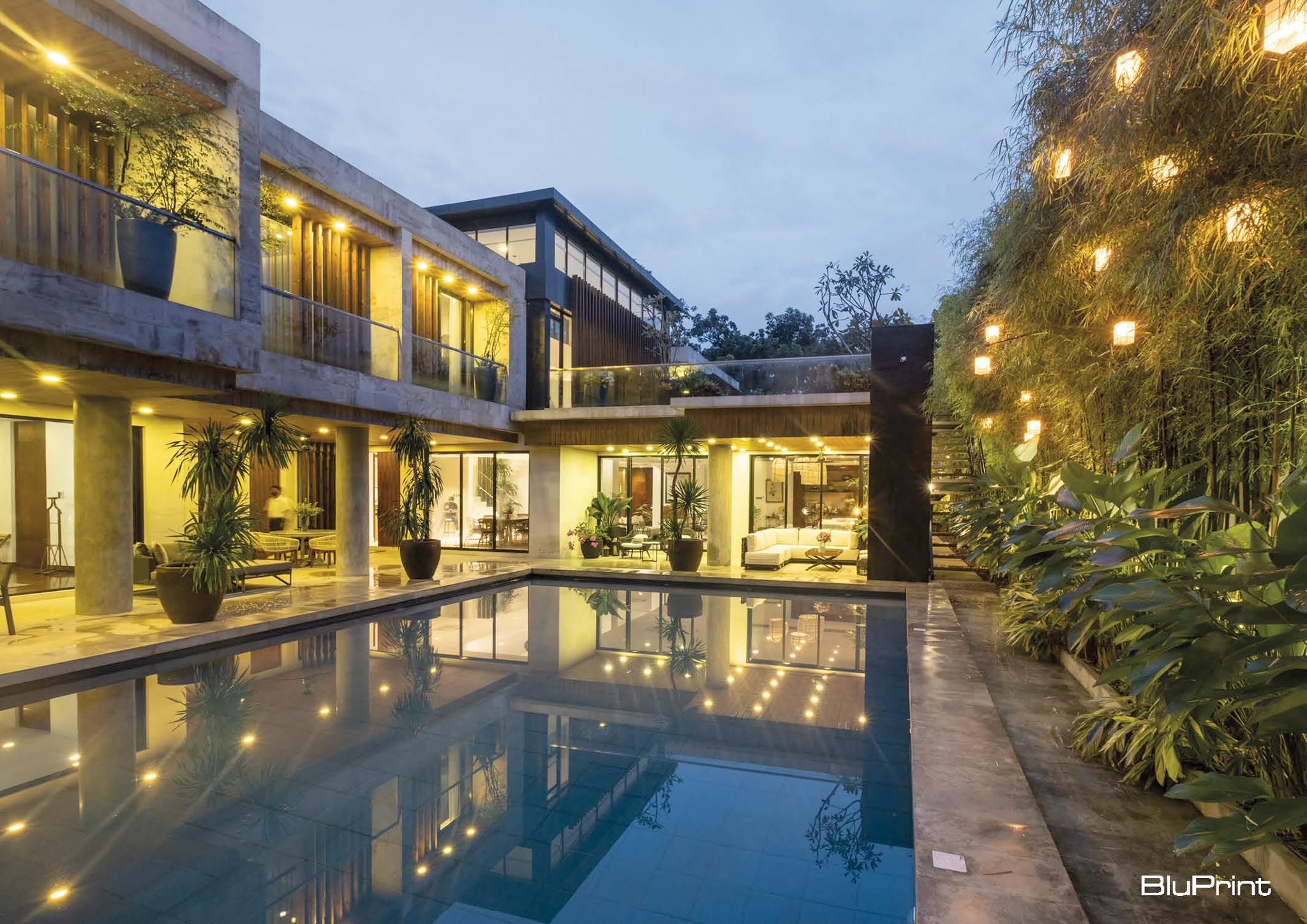
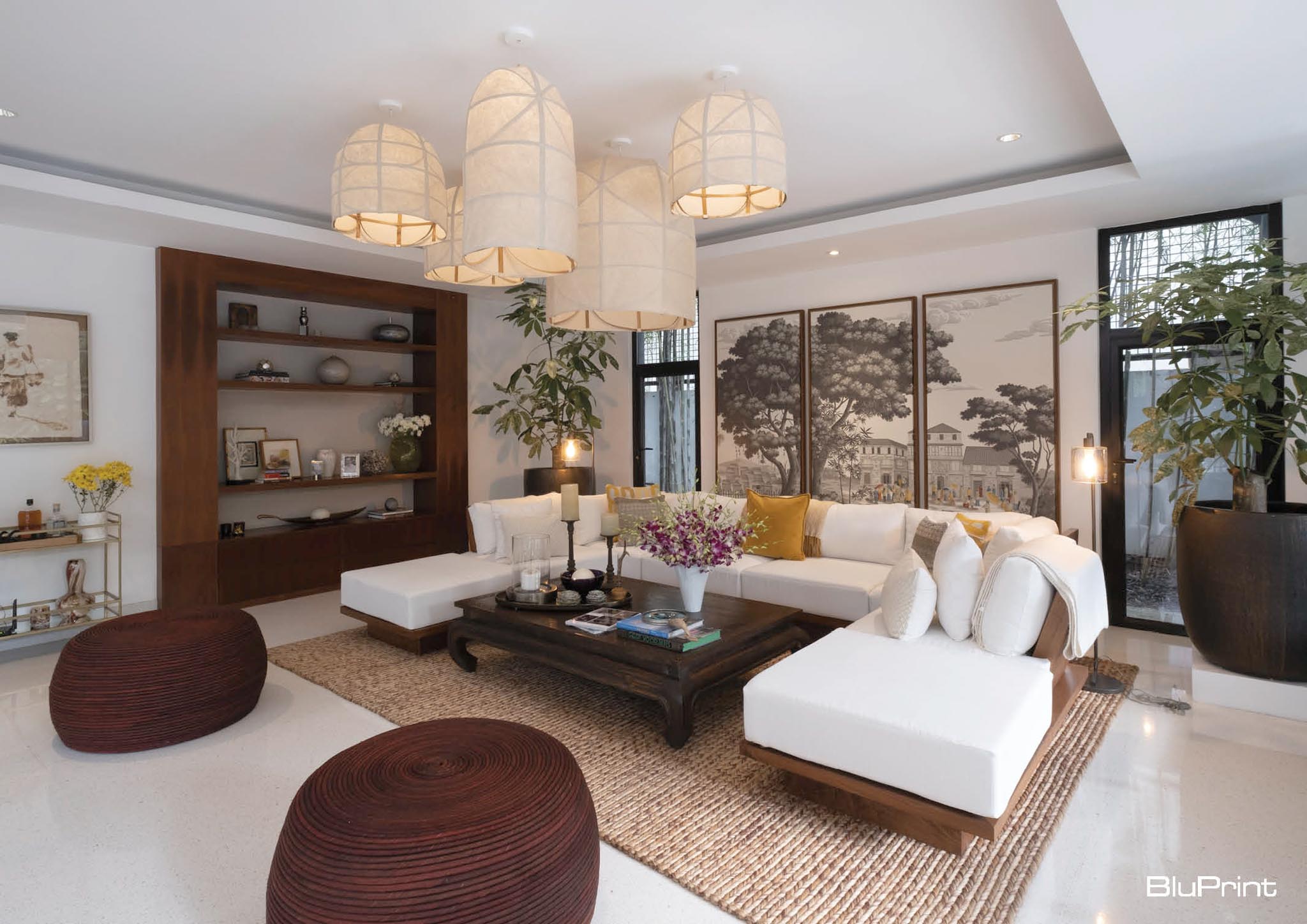
The bahay na bato concept serves as inspiration for the Carissa House, an 840-square-meter urban villa in Makati. Its architect, JJ Acuna of JJ Acuna/Bespoke Studio built the home as an homage to his Capiz home. Most of the furniture and art pieces inside are from local artists. This use then emphasizes Philippine craftsmanship. With a flowing and open-plan layout, the home highlighted the bahay na bato concept. at the same time, it reflects the colonial-style homes found in Intramuros.
Related read: On Display: JJ Acuna / Bespoke Studio’s Account Of The Philippine’s Bahay Na Bato
All in all, these residences capture history and present stories unique to their design. By combining contemporary features with the old, they also give out a timeless quality that allows for more stories for future generations to create.
